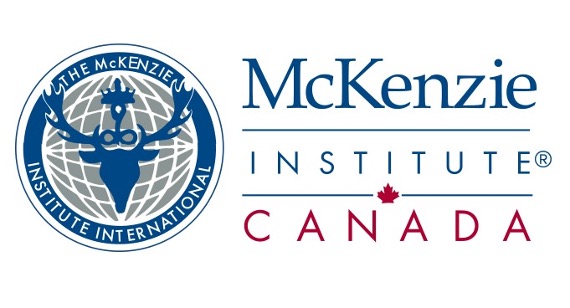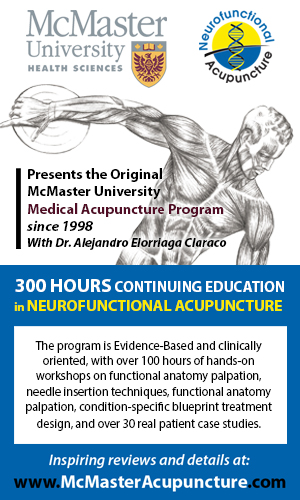McKenzie Method MDT – Part B Cervical & Thoracic Spine (THORNHILL)
WANT TO ADVERTISE A COURSE?
View Media Kit 2024 and submit your ad in our Store.
All courses listed are emailed to OPA members on the third Friday of the month.
Questions? Contact us.
| Custom Content |  |
|---|---|
| Course Type | Course/ Seminar |
| Date | 06/15/2024 - 06/16/2024 |
| Instructor Name | Fiona MacKenzie |
| Cost | $695.00 |
| Address | Pro Motion Physiotherapy 1 Promenade Circle (Suite #301F) Thornhill, ON L4J 4P8 Map It |
| District | York Region & Scarborough |
| Brief Description | Mechanical Diagnosis and Therapy® MDT: It’s time to take your knowledge of MDT to the next level. You were introduced to the basics of the MDT system in Part A, now it’s time to gain a better understanding of the approach and how it can benefit both your patients and you as a clinician. This is a fabulous opportunity to enhance your clinical skills and become more confident when treating patients with neck ailments. Attend Part B and learn how to systematically assess, classify, and treat cervical and thoracic problems. This course presents the theoretical aspects and concepts MDT as applied in the examination and treatment of patients with complaints of neck, upper back and related referred pain. MDT is a reliable assessment & classification system for the spine & extremities, that leads you to an effective treatment strategy for your patients. MCKENZIE MDT PART B THORNHILL, ON 2 Sessions Online, 2 Sessions in the clinic / EASTERN TIME Session 1: Asynchronous online at your own pace Session 2 TUES 11JUN: Online live with instructor 4:00PM–8:45PM (ET) Session 3: SAT 15JUN In-clinic Pro Motion Physiotherapy, Thornhill, ON 8:00AM–5:15PM (ET) Session 4: SUN 16JUN In-clinic Pro Motion Physiotherapy, Thornhill, ON 8:00AM–5:00PM (ET) Legitimate patient demonstrations with follow-up appointments take place during the course. Instructor: Fiona MacKenzie PT, Dip. MDT Note: For further details please refer to course page on the MICanada website. Register at: http://www.mckenzieinstitutecanada.org FEEDBACK FROM FELLOW CLINICIANS ON MDT AFTER RECENT PART B COURSES:
Course Outline includes:
ASSESS & DIAGNOSE WITH CONFIDENCE MDT is a comprehensive biopsychosocial classification system that enables clinicians to reliably classify specific sub-groups and successfully match the classification to the appropriate treatment. The MDT system identifies if the patient is unsuitable for mechanical therapy. A full history (with or without examination) can exclude patients with serious pathology or non-mechanical pain that require medical referral or non-mechanical treatment approaches. With a thorough knowledge of the three syndromes (derangement, dysfunction and posture) a trained clinician can identify directional preference, centralization or other consistent mechanical responses in keeping with the MDT syndromes and their predicted response to treatment. Once the syndromes are ruled out, the clinician can more accurately identify other diagnoses such as SIJ, spinal stenosis, symptomatic spondylolithesis or non-mechanical presentations unsuitable for mechanical therapy [Danish Institute for Health Technology Assessment (1999) American College of Occupation and Environmental Medicine (2005)]. |
| Link | mckenzieinstitutecanada.org |
| Contact Name | Aileen Conway |
| Contact Email | Email hidden; Javascript is required. |
| Contact Phone | (519) 521-7579 |




